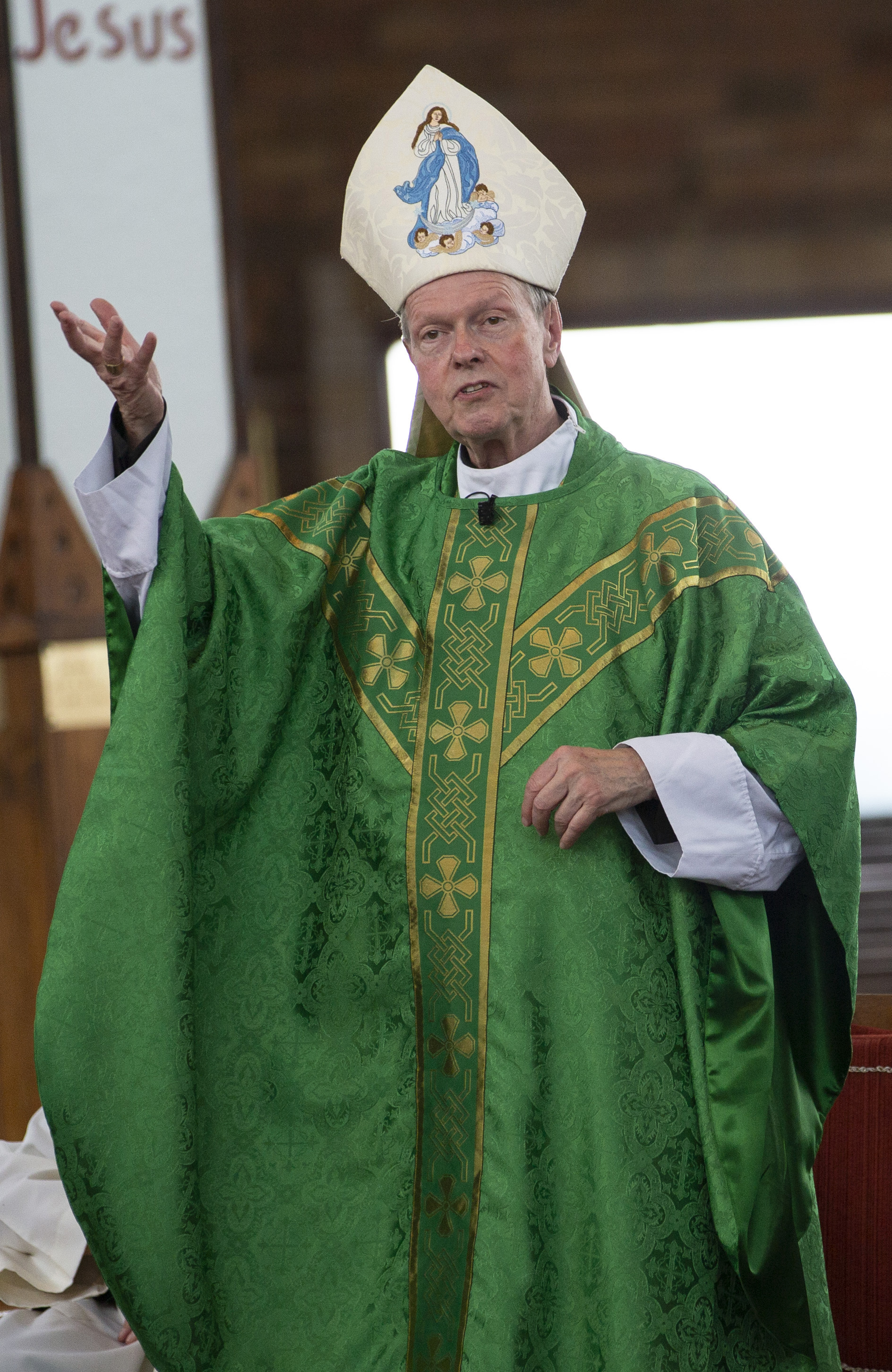April 6, 2018 at 1:53 p.m.
COLLOQUIUM
Siena, on sacred spaces
Speakers presented on the concept of sacred space to an audience of about 40, using historical examples to illustrate the various meanings.
Joan Branham, chair of the art and art history department at Providence College in Rhode Island, spoke about the Temple Mount in Jerusalem - the site of the Islamic Dome of the Rock and ancient Jewish Temple. She dissected the different sections of the 35-acre space and the meaning that ancient people gave to them before the destruction of the temple by Romans in 70 AD.
Steven Fine, a Jewish history professor at Yeshiva University in New York, joked that he has written books and a dissertation on sacred space, but still doesn't know how to define it. He lectured on the history of the Arch of Titus in Rome and the meanings it had for different groups at different times.
"One space can be so meaningful," Professor Fine said. "Whether we call it a sacred space or a space of meaning, I can tell you that there are people who go there and pour out their hearts."
The audience asked questions about the influence of the temple on early church design, how the "soreg" barrier around the temple was enforced and how the temple remained sacred after its destruction, if sacrifices were what made it sacred prior to that.
"The [people] believed for centuries it would come back," Professor Fine explained. "That's the important part."
The Kieval Institute focuses on academic programming, research and travel for Siena faculty studying historical relationships between Christianity and Judaism and materials for the college's library. Past colloquia have looked at Jewish-Christian-Muslim relations, women in religious leadership and "Nostra Aetate," the Second Vatican Council's document on non-Christian religions.
Chris Sealock Kelly, a parishioner of St. James Church in Chatham, attended the recent colloquium because she believes in ecumenism and "continuing the dialogue between people of different faiths.
"I think my faith is strengthened as a Christian by hearing what other people believe and care about and value," she continued. "Judaism is our roots. I wanted to hear about what other people find holy.
"There isn't one definition of sacred space," she concluded. "In understanding how other people define it, we can find commonality and we can also not be divided by our differences."[[In-content Ad]]
SOCIAL MEDIA
OSV NEWS
- Vatican says Swiss Guards investigating alleged antisemitic gesture
- Bishop: Survival of Christian communities in Nigeria depends on security, justice
- Pope asks for extra care when using AI in medicine
- Pope holds long meeting with Belgian abuse survivors
- Delegation of top prelates, lay activists gives Brazil church strong presence at COP30
- Pope offers prayers for the Philippines and for peacemakers
- Dig deep and work patiently to keep church on solid foundation, pope says
- Portland archbishop on ICE: Human dignity comes from God, not government
- Christian hope shows the earth can resemble heaven, pope says
- Washington Roundup: Election shifts; Venezuela vote; transgender passports, and more







Comments:
You must login to comment.